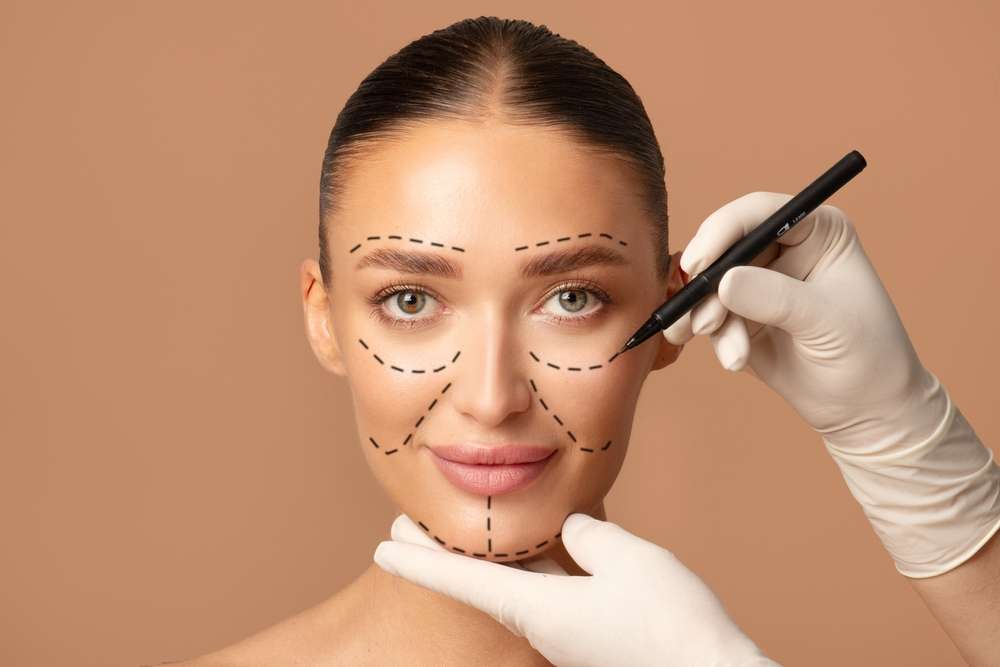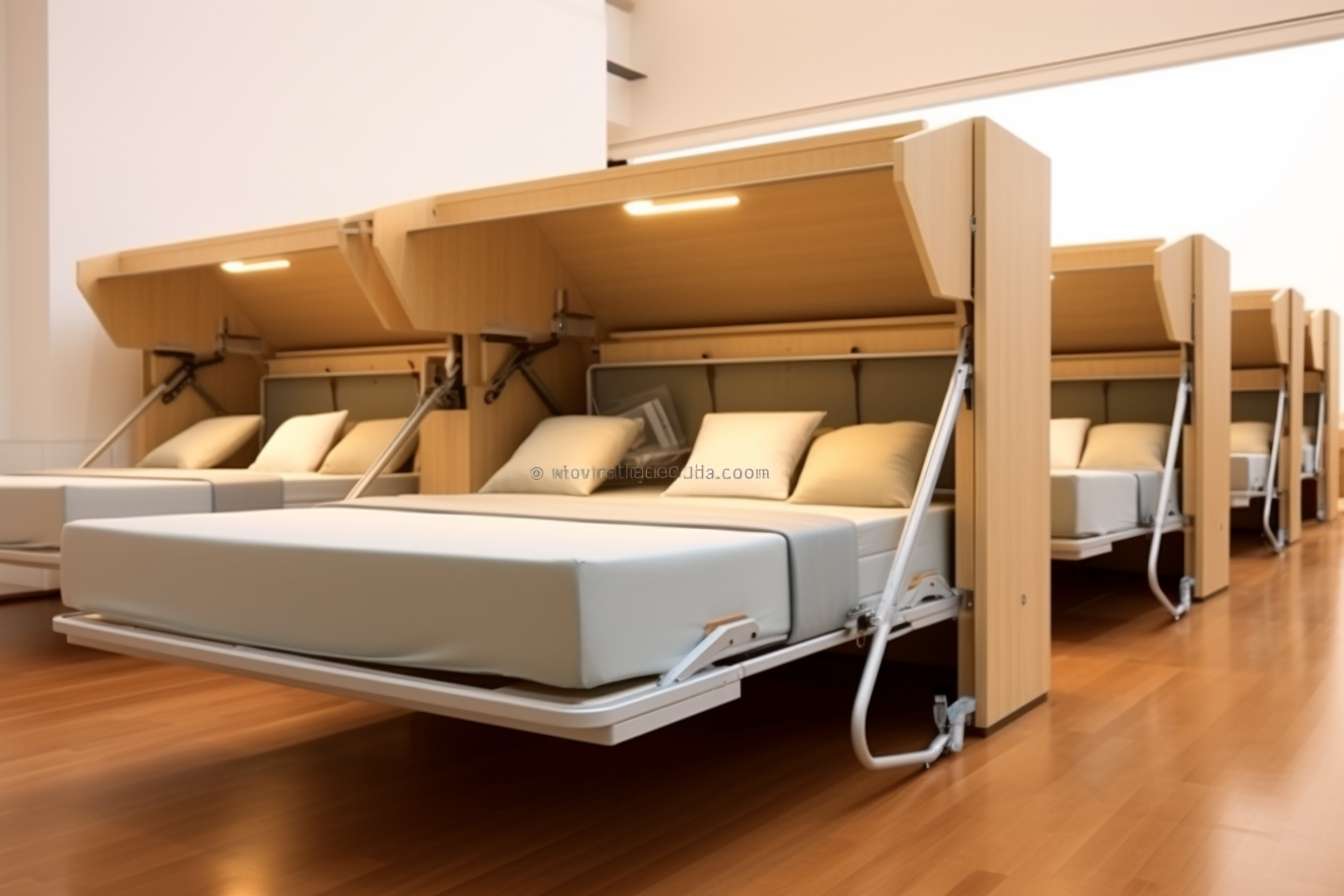Intimate Treatment Guide for Ireland
This guide explains intimate-area laser and IPL treatments available in Ireland, covering technologies, session expectations, preparation steps, and practical aftercare advice. It aims to help readers evaluate local services and prepare for consultations with clinics or practitioners.

This article is for informational purposes only and should not be considered medical advice. Please consult a qualified healthcare professional for personalized guidance and treatment.
Intimate-area treatments are a personal decision that benefits from clear, localised information. This guide focuses on how clinics in Ireland approach intimate laser and IPL treatments, what to expect during appointments, and sensible steps you can take before and after sessions to reduce risk and improve outcomes. It emphasises real-world considerations such as skin type, device differences, and practical comfort measures rather than making outcome guarantees.
Your Guide to Intimate Laser Hair Removal in Ireland
Clinics across Ireland typically begin with a consultation to assess skin tone, hair type, and any contraindications such as recent sun exposure or certain medications. In many practices, a patch test is performed to verify skin response and establish correct device settings. Treatment plans usually span multiple sessions spaced several weeks apart because energy-based devices target hairs in active growth phases. When choosing a provider, look for documented device information, operator training, and clear pre- and post-care instructions specific to intimate areas.
Advanced Laser & IPL Treatments for Intimate Areas
Both laser and intense pulsed light (IPL) platforms are used for intimate areas, and differences matter. Medical-grade diode and alexandrite lasers provide concentrated wavelengths that can be effective on darker, thicker hair, while some IPL systems use broader-spectrum light that may require more sessions or careful parameter adjustments. Advanced devices often include cooling systems to reduce discomfort and epidermal heating. Ask clinics which device they use and how they tailor settings for sensitive skin to judge suitability for your needs.
What to Expect from Intimate Laser Hair Removal Sessions
A typical session involves a brief review of health history, optional topical numbing, and treatment passes over the area. Sensations vary; many report warm or snapping feelings as energy is absorbed by hair follicles. Session duration depends on the treated zone—smaller intimate areas can be brief, larger patterns longer. Expect temporary redness or slight swelling afterward. Because hair grows in cycles, clinics advise a series of sessions to achieve meaningful reduction and will schedule follow-ups to monitor progress and adapt the plan.
Essential Preparation for Intimate Laser Hair Removal
Preparing for an intimate-area treatment reduces complication risks and improves comfort. Most clinics ask that you avoid tanning and certain cosmetic products for a few weeks before your appointment, and to shave the area 24–48 hours prior rather than waxing or plucking, which removes the target follicle. Disclose medications and recent skincare procedures; some drugs can increase photosensitivity. Wearing loose, breathable clothing to the appointment helps minimise friction and irritation after treatment in sensitive areas.
Aftercare Tips to Maximise Intimate Laser Results
Aftercare focuses on soothing treated skin and preventing irritation. Use gentle, fragrance-free cleansers and moisturisers, and apply cool compresses if needed to calm redness. Avoid hot baths, saunas, vigorous exercise, and tight garments for the initial 24–72 hours as recommended by your provider. Protect treated skin from direct sun and avoid self-tanning products while the area heals. Adhering to follow-up guidance and reporting any unusual reactions promptly supports safer, more effective outcomes.
Understanding Safety, Efficacy, and Expectations
Efficacy varies based on hair colour, density, hormonal factors, and device type; darker, coarser hair typically responds more readily. Expect honest guidance from reputable clinics about likely session counts and possible side effects such as temporary pigment changes or short-term irritation. Ensure operators are trained and that clinics disclose device specifications and maintenance. If you have medical conditions, scarring, or tattoos in the area, discuss these in detail during consultation so the practitioner can determine suitability or alternative approaches.
Conclusion
Making an informed choice about intimate-area treatments in Ireland means understanding device options, realistic session expectations, and clear pre- and post-treatment steps. A careful consultation with a trained practitioner who discloses device details and tailored aftercare advice is central to reducing risk and aligning results with your priorities. Consider your skin and hair characteristics along with local clinic practices when planning treatment.




